Trivia question for Aug-09-2011
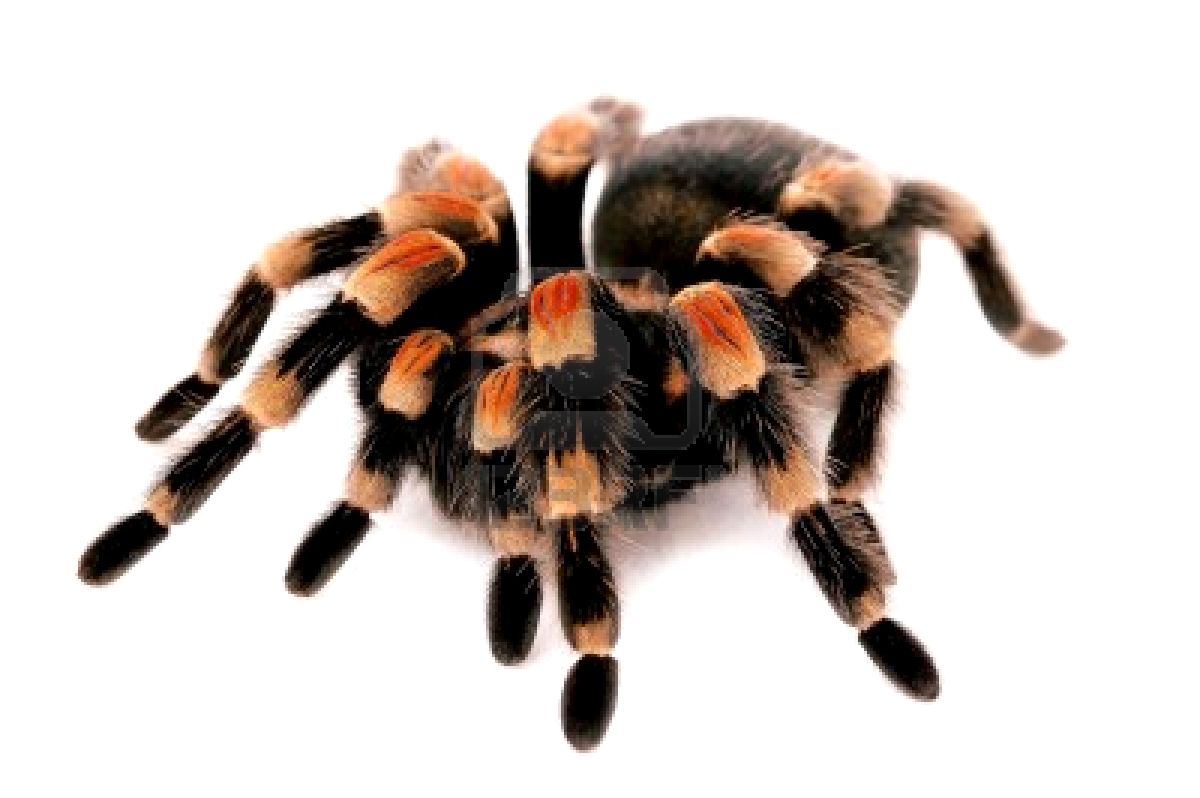
Like most New World tarantulas, they will kick urticating hairs from their abdomens if disturbed, rather than bite. They are not venomous to humans and are considered extremely docile, though, as with all Tarantulas, allergies may intensify with any bite.
Trivia question for Aug-08-2011
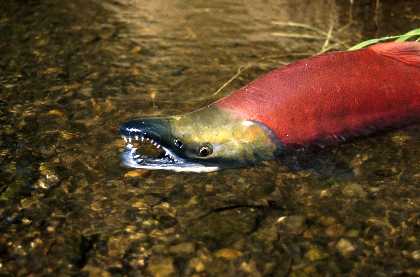
These fish, unlike other species of their kind, feed extensively on zooplankton during both freshwater and saltwater life stages. Their many gill rakers strain the plankton from the water.
OMG Founders Present their Environmental Program to the Vinings UMC

Olivia and Carter were recently invited to speak to the congregation of the Vinings United Methodist Church in Atlanta Georgia.
Trivia question for Aug-07-2011
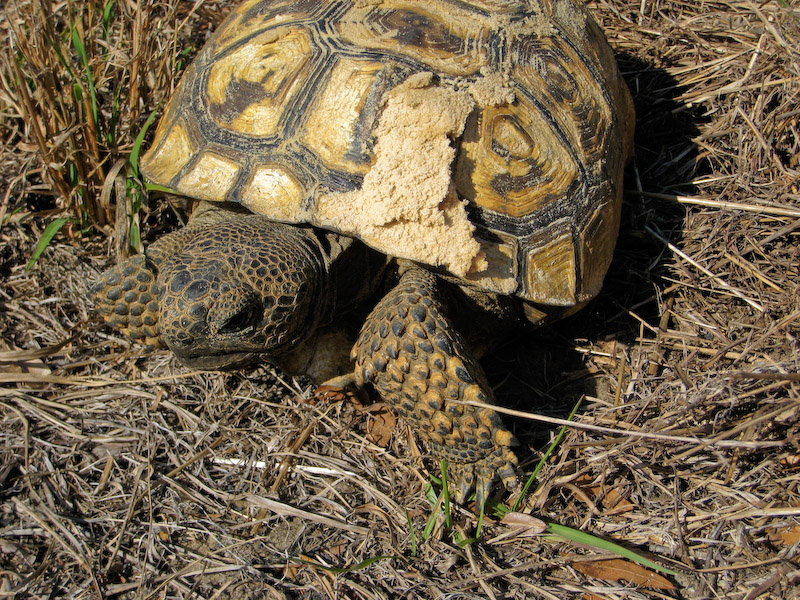
Gopher tortoise can be identified easily based on their appearance. A typical tortoise has a large head. Their skin color ranges from light to grayish or dark brown skin. Their long front legs are for burrowing, unlike their behind legs which are shorter.
‘Plastic Awareness Education’ at Cochran Mill Summer Camp

The kids were all so intently listening to Carter and Olivia and each one of them had suggestions of what could be done to ensure this doesn’t continue to happen. We heard many of the students say that they would be telling their parents, and even their school teachers about what our plastic pollution is doing to the environment and how they wanted to help be the solution to the problem.
Trivia question for Aug-06-2011
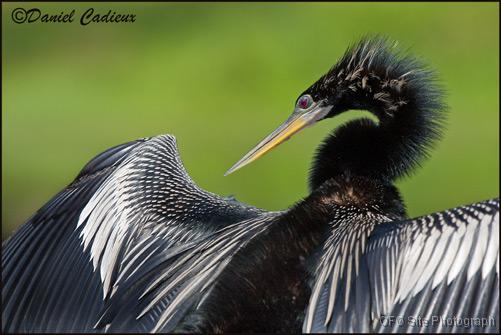
Only birds that live in the extreme north and south of their range migrate and do so based on temperature and available sunlight. These birds will migrate towards the equator during winter but this range is “determined by the amount of sunshine to warm the chilled birds”.
Trivia question for Aug-05-2011

A capable stalk-and-ambush predator, these cats can pursue a wide variety of prey. Primary food sources include ungulates such as deer, elk, moose, and bighorn sheep, as well as domestic cattle, horses and sheep, particularly in the northern part of its range.
Trivia question for Aug-04-2011
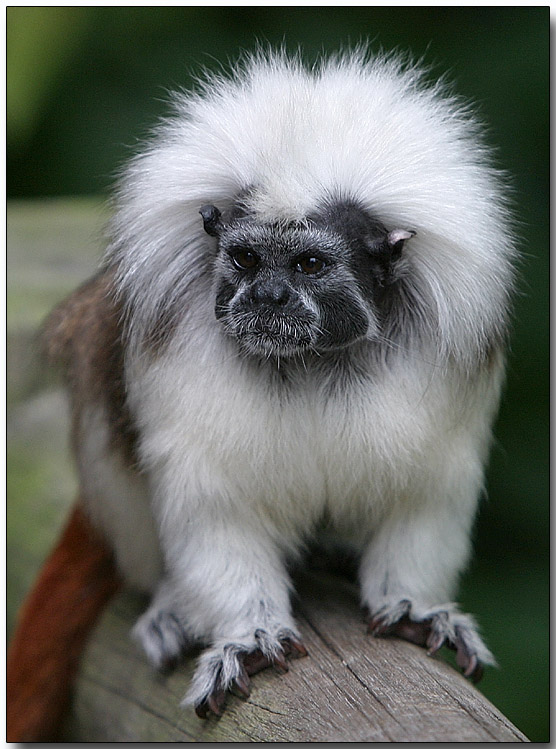
They are among the smallest of the primates. Head body length of this species is 17 cm and tail length is 25 cm. Forelimbs are shorter than the hind limbs. The thumb is not opposable and the tail is not prehensile. All the finger and toe nails are like claws except for the big toe which has a flat nail.
Trivia question for Aug-03-2011
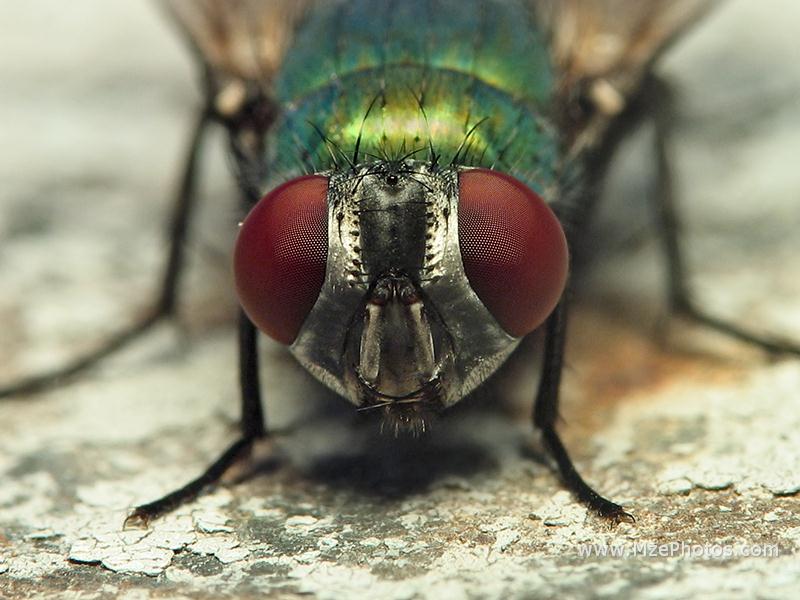
These insects comprise a large family of flies, including familiar bluebottles and greenbottles. They spread diseases, but also provide an essential ecological service by devouring organic waste.
Trivia question for Aug-02-2011
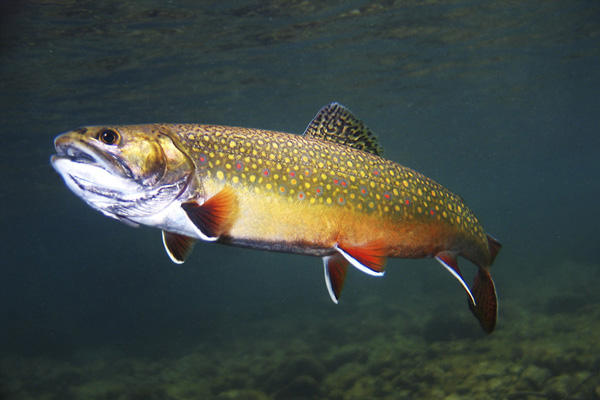
Its diverse diet includes crustaceans, frogs and other amphibians, insects, molluscs, smaller fish, invertebrates, and even small aquatic mammals such as voles. It provides food for seabirds and suffers attack by lampreys. They are a short-lived species, rarely surviving beyond four or five years in the wild.
Trivia question for Aug-01-2011
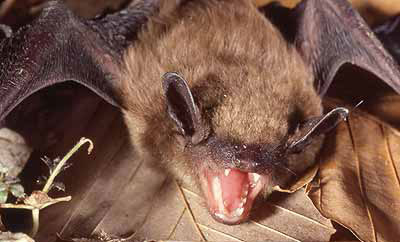
These guys maneuver and hunt with great precision using echolocation, the animal equivalent of sonar. They devour any insect that crosses it flight path, eating thousands each night. These bats live in three different roosting sites: day roosts, night roost and hibernation roosts.
Trivia question for Jul-31-2011
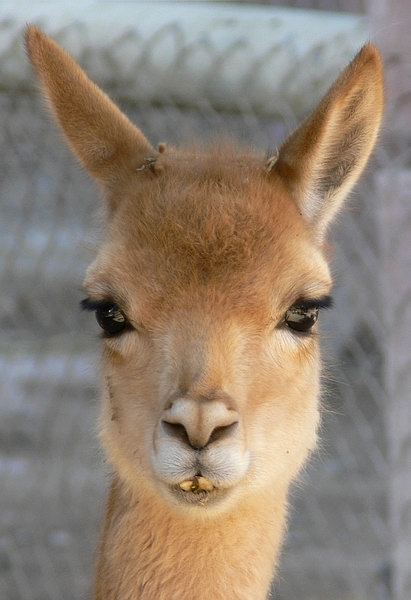
These animals live exclusively in South America, primarily in the central Andes. They are native to Peru, northwest Argentina, Bolivia and north Chile, and there is a smaller, introduced population in central Ecuador. Peru has the largest number.
Trivia question for Jul-30-2011
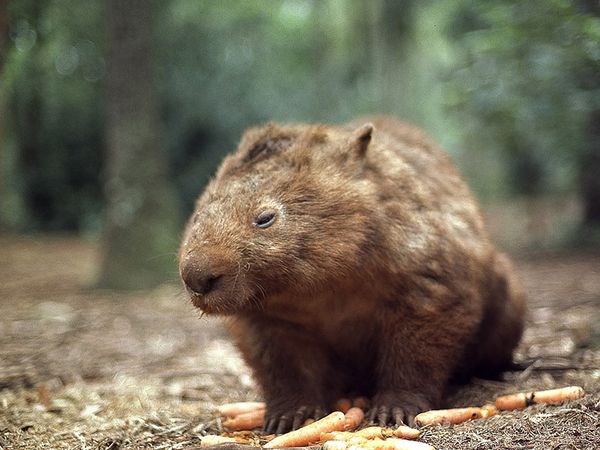
These guys are a solitary, territorial species, with each one having an established range in which it lives and feeds. In this area, they dig a tunnel system, with tunnels ranging anywhere from 2 to 20 meters in length, along with many side-tunnels. There is usually only one entrance to the burrow, although they may create a smaller one to escape with.
Trivia question for Jul-29-2011
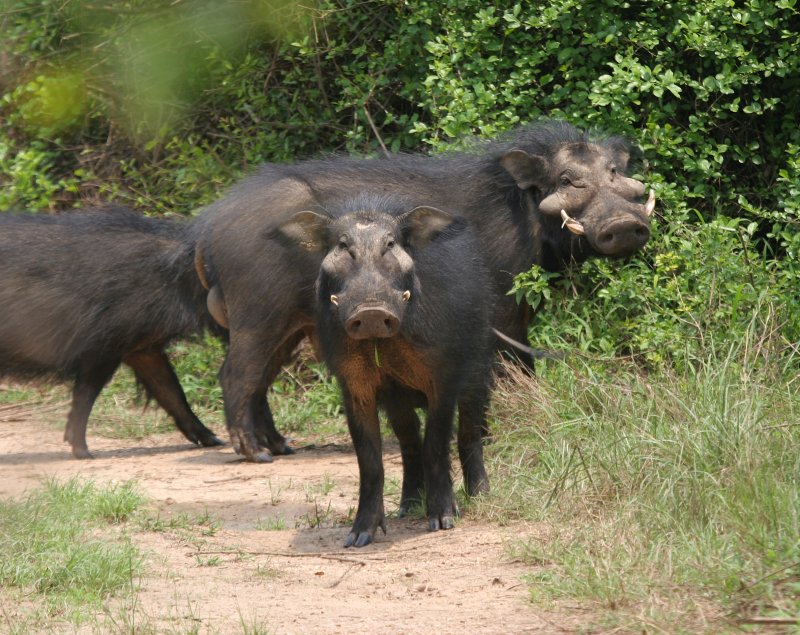
These animals are mainly herbivores, but also scavenges. It is usually considered nocturnal, but in cold periods it is more commonly seen during daylight hours, and it has been suggested it is diurnal in regions where protected from humans. They live in herds of up to twenty animals consisting of females and their offspring, but usually also including a single old male.
Trivia question for Jul-28-2011
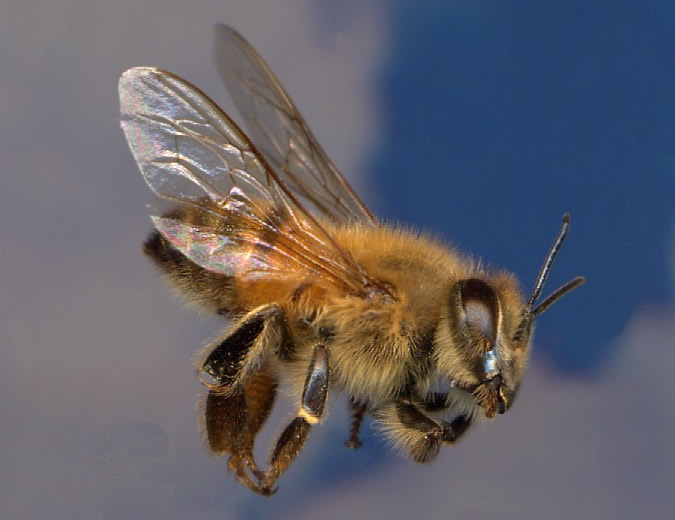
These bees are a subspecies of the common honey bee, buy these will pursue victims for up t 1/4-mile. They will invade and takeover the hives of various other varieties of honey bees.

